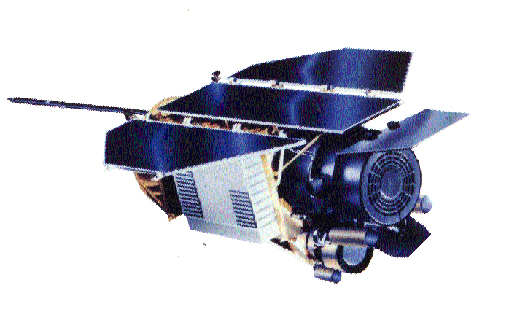Rest in Peace, ROSAT
Last week, the German Aerospace Center (DLR) issued this statement:
"On 23 October 2011 at 03:50 CEST, the German research satellite ROSAT re-entered the atmosphere over the Bay of Bengal; it is not known whether any parts of the satellite reached Earth's surface. Determination of the time and location of re-entry was based on the evaluation of data provided by international partners, including the USA."
(The full announcement can be found here – including an image of the dearly departed satellite.)
ROSAT was launched into space on June 1, 1990, and it was the first imaging X-ray telescope to do a full survey of the entire sky. According to the DLR, ROSAT (which is short for ROentgen SATellite) observed over 80,000 X-ray sources over its lifetime.

Astronomers who study the high-energy Universe still use ROSAT data today and much it is very complementary to the observations from today's flagship X-ray missions of Chandra and XMM-Newton. We even use ROSAT data from time to time to make more complete images for the public, including this recent release of the supernova remnant G299.2-2.9.
So while whatever remains of ROSAT's hardware is somewhere on the bottom of the Indian Ocean, its scientific legacy lives on.
-Megan Watzke, Chandra EPO
Please note this is a moderated blog. No pornography, spam, profanity or discriminatory remarks are allowed. No personal attacks are allowed. Users should stay on topic to keep it relevant for the readers.
Read the privacy statement
